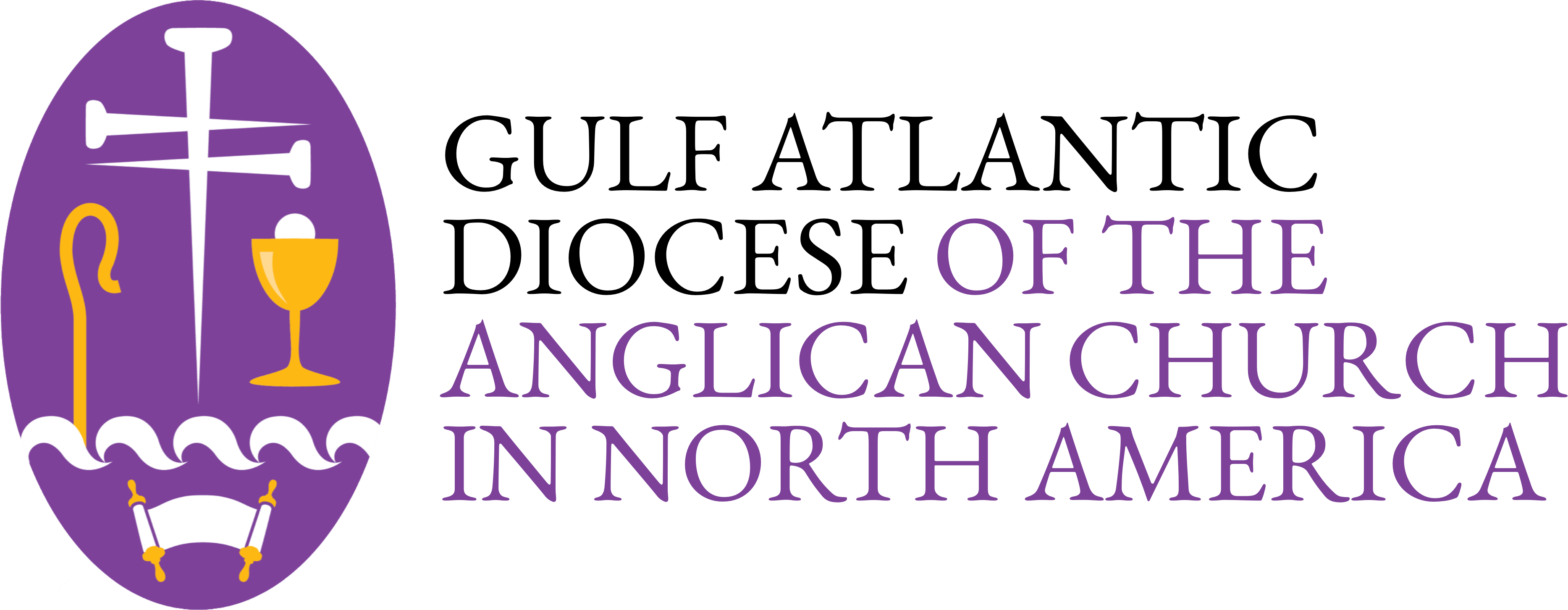
Newsletter Contents
Stewardship Begins in the Heart
Investing for Missional Expansion: Thinking Beyond Ourselves
Follow Me as I Follow Christ: Stewarding our Youngest Saints
1,200 Hours Serving: Recapping Soul in the City
Shepherding Stewards, Stewarding Shepherds
“We Had No Idea …!”
Safeguarding Our People is Critical to Wise Stewardship
Other Announcements & Upcoming Events
More from Chris McCarthy

Bishop Alex has set a vision to become Fifty Flourishing Churches in Five Years. As one of the Six Marks of a Flourishing Church, Wise Stewardship involves “Doing Things Right,” (a favorite definition of “Management” from business school). Of course, our churches all want to Do Things Right, but how do we know what that is? We need to know where we are and where we want to go before deciding how best to wisely steward our church’s personnel and financial resources, so they have the largest impact on our flourishing.
Data Collection
The Diocese collects information from our churches throughout the year, through various means. One of the most important is a new instrument called the Church Flourishing Survey, and we occasionally send smaller requests as well. We really appreciate how your rectors and other key leaders in your churches took time to help us understand where each congregation is! Answering these questions requires thinking through important aspects of each church, and we have seen this self-study process help leaders gain insight into where their churches currently are. Over time, we hope that “We had no idea!” becomes a less frequent refrain.
Another important way we are learning about the ministries of our churches is through Network meetings. These peer networks have begun to launch this year as part of the greater Strategic Plan. As we regularly gather people from across the Diocese who hold similar roles in their communities, we are able to share knowledge about processes, procedures, practices, and tools. Individuals learn from each other, and Diocesan staff are able to identify trends and patterns.
Interpreting the Data
“The fundamental agency of mission in the [Anglican Church in North America] is the local congregation” according to our Provincial Constitution and Canons (ACNA Const. Art. IV.1; Canon I.6.1). The Diocesan office cannot do what you and your congregation are doing! But, for those on the front lines of ministry, it can be very difficult to get an idea of what the wider situation is. We know our churches are working hard–but how can they know if they are Doing Things Right?
When we collect all this information–whether it’s descriptive narratives about ministry or hard numbers like attendance–we aren’t trying to grade our churches or shame anyone. We try to better understand what is, and look to what realistically could be. Flourishing will look different for each church, and we are not trying to make one church look like any other.
For Example
We know that one way to grow our churches is through effective outreach programs and events—attracting new guests is a key initial step toward growing attendance. Some churches struggle to come up with new ideas, but it turns out most churches have a few “built-in” events that reach extra people every year: Christmas Eve and Easter Sunday. Let’s focus just on Christmas Eve for a moment. We asked our churches to share how Christmas Eve compared with their Average Sunday Attendance.
We see that big and small churches alike vary in how many extra people might show up on this special occasion. Some online research shows that the average “Christmas surge” in the USA is 150-200%. So, given that baseline, and given the data, what can we do?
First, individual churches can look at where they fall on the chart. If they are below the range, the first step is understanding why. Are they in a “snowbird locale?” Maybe a big Christmas push isn’t a practical use of resources, then. Does the busyness of the season result in the Christmas “sneaking up” every year, preventing leadership from taking specific steps to draw the community in for the Holy Day? Perhaps a little extra planning, or better calendar management could go a long way. Is the church above the reference range? What can they learn from that and share? Additional discernment for next steps will be required for each case, but the data and insight should be empowering and offer flexibility rather than restriction.
Next, a church might investigate what happens following Christmas. If those additional guests never return, an investigation could ensue as to why. What might a church do differently? I know of a church in another Diocese whose Rector always took off the two Sundays following Christmas, and would sometimes offer Morning Prayer if no supply clergy were available. Any guests who came on Christmas Eve would return and experience a very different worship service that did not resemble what they had enjoyed a few days earlier or a typical Sunday at other times of year. Any big push to get visitors on Christmas was being wasted.
Finally, the Diocese is able to look at the bigger patterns in the objective data. We can ask churches that consistently outpace the national average for the Christmas surge what they are doing differently, and then make those ideas available to other congregations as Best Practices for their size. Through the Church Flourishing Survey we may also identify churches that are finding success in helping visitors stick around more consistently, and pass along those ideas as other Best Practices. Sometimes, these patterns won’t show up on surveys, but will become evident when the people doing ministry begin to share stories in our Network meetings.
So What?
We want our churches to be empowered to make good, informed decisions appropriate for their own culture and context, based on the gifts and resources they have. A top-down approach, with micromanaging dictates coming from the Bishop’s staff, won’t help local congregations flourish. But when our churches are willing to do the hard work of self-reflection, and think deeply about what God has given each congregation to steward, and pray for wisdom… we are more likely to Do Things Right.
We know our churches, our clergy, our vestries, our leaders and volunteers, are all working hard to serve God’s Kingdom. Through collaboration, cooperation, and new tools such as the Church Flourishing Survey, our churches can be more than just hard workers: wise stewards of the resources God has given, on their way toward becoming one of “Fifty Flourishing Churches in Five Years.”
Chris McCarthy is the Executive Administrator of the Gulf Atlantic Diocese, and serves Church of Our Savior as Business Manager.
